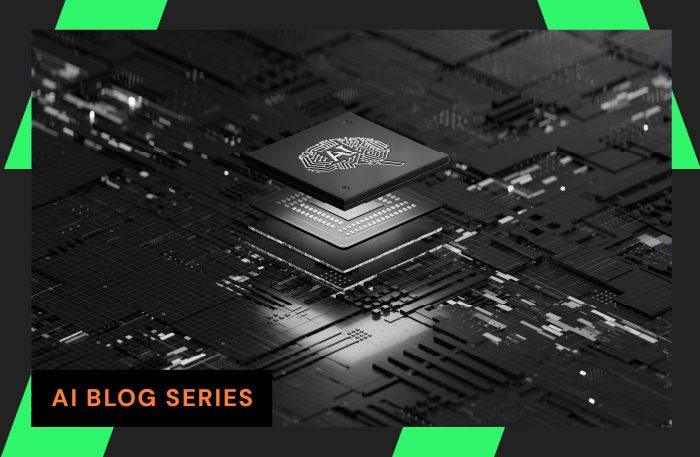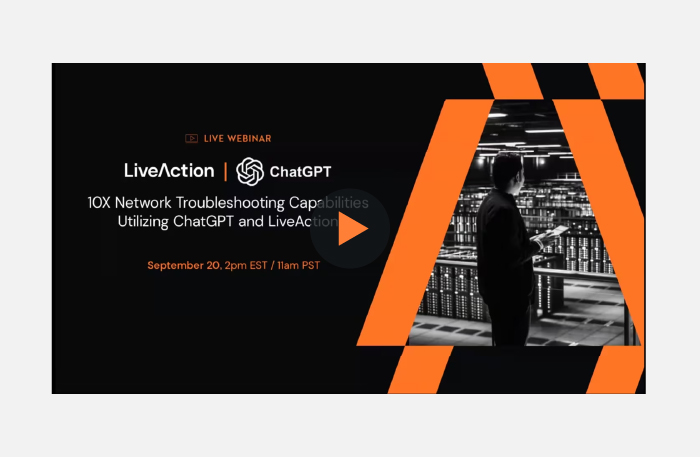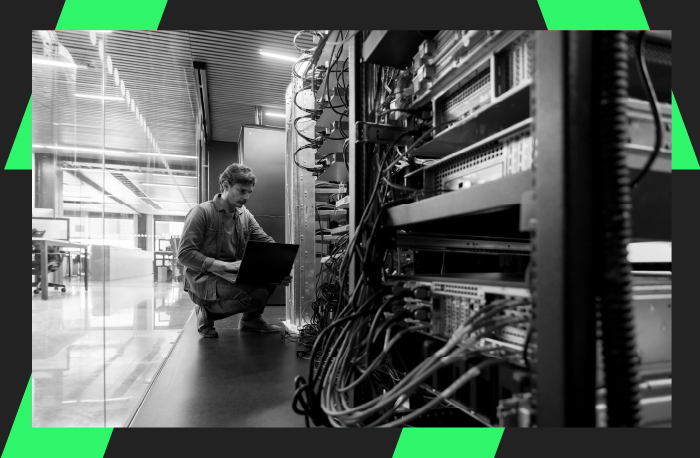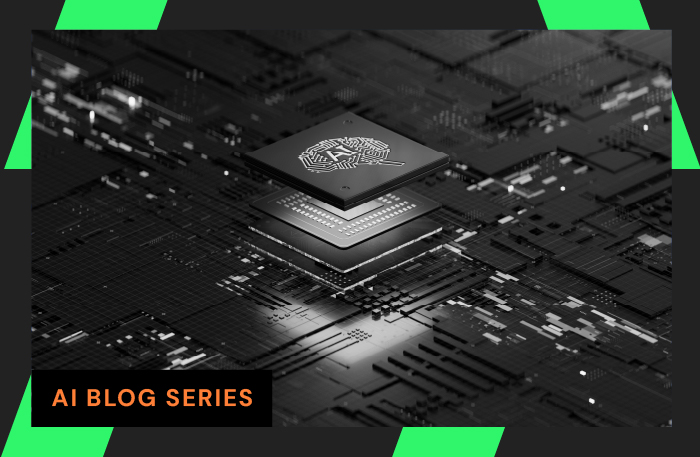
As AI continues to evolve, the capabilities of ChatGPT and similar conversational agents will only expand. And what would this article be without an attempt at glancing into the future? Here’s how AI Network Monitoring will only further improve in the future:
Predictive Analysis
AI can anticipate network issues before they manifest and provide proactive recommendations to prevent them.
Predictive analysis is a powerful capability of ChatGPT that can provide network engineers with insights into possible future behaviors and changes in network performance. By asking the right questions and providing the appropriate type and quantity of network analysis data, experienced prompt engineers can harness ChatGPT’s predictive abilities to proactively address potential issues. Here’s how this process works:
- Historical Data Analysis: ChatGPT can analyze historical network performance data, such as traffic patterns, bandwidth utilization, and error rates. Engineers can provide access to datasets covering a significant time frame.
- Scenario Building: Engineers can use ChatGPT to build scenarios based on historical data. They can ask questions like, “What will happen if our network traffic continues to grow at the current rate?” or “How will our network respond if we add a new branch office?”
- Data Trends and Anomalies: ChatGPT can identify trends and anomalies in historical data. It can highlight periods of unusually high traffic, recurring bottlenecks, or patterns that indicate potential vulnerabilities.
- Capacity Planning: Engineers can ask ChatGPT to assist in capacity planning. For instance, they might inquire about the expected bandwidth requirements for accommodating future growth or the ideal time to upgrade network infrastructure.
- Proactive Issue Detection: ChatGPT can predict potential network issues before they become critical. By providing access to real-time or near-real-time network data, engineers can ask ChatGPT to monitor specific performance metrics and alert them if certain thresholds are exceeded.
- What-If Scenarios: Engineers can explore “what-if” scenarios by asking ChatGPT questions like, “What if we implement Quality of Service (QoS) to prioritize VoIP traffic during peak hours?” ChatGPT can simulate the expected impact on network performance.
- Performance Optimization Strategies: Engineers can seek advice on performance optimization strategies based on predictive analysis. They might ask, “How can we ensure smooth video conferencing during high-demand periods?” ChatGPT can recommend solutions like traffic shaping or load balancing.
- Security Threat Predictions: ChatGPT can predict potential security threats by analyzing network traffic anomalies. Engineers can provide network traffic logs and ask ChatGPT to detect unusual patterns that may indicate cyberattacks or data breaches.
- Resource Allocation: Engineers can optimize resource allocation by asking ChatGPT questions like, “How can we allocate bandwidth more efficiently among different applications?” ChatGPT can suggest policies and configurations to prioritize critical applications dynamically.
- Monitoring and Alerting Strategies: Engineers can design predictive monitoring and alerting strategies. They can inquire about the best parameters and thresholds to set for automated alerts when specific network conditions are met.
- Trend Analysis and Forecasting: Engineers can request ChatGPT to perform trend analysis and forecasting based on historical data. For instance, they can ask about anticipated traffic growth over the next six months and its impact on network performance.
- Adaptation to Changing Conditions: ChatGPT can guide engineers on how to adapt network configurations and policies based on evolving conditions. Engineers can provide regular updates on network data, and ChatGPT can suggest adjustments in response to changing behaviors.
Engineers can optimize resource allocation by asking ChatGPT questions like, “How can we allocate bandwidth more efficiently among different applications?” ChatGPT can suggest policies and configurations to prioritize critical applications dynamically.
As you read through those, you may have been thinking hmmm, ChatGPT can already do some of these things. And yes, you can and should ask ChatGPT about these things, but I have found that it is not so great at predicting the future yet. You should always take everything ChatGPT says with a grain of salt, but that goes for most real people as well.
Speaking of real people, experienced prompt engineers play a critical role in leveraging ChatGPT’s predictive analysis capabilities effectively. They understand the importance of formulating precise and questions, providing access to relevant network data, and interpreting ChatGPT’s responses in the context of their organization’s unique network environment.
By harnessing ChatGPT’s predictive abilities, network engineers can move from a reactive stance to a proactive one, anticipating network challenges and implementing preventive measures, ultimately ensuring the reliability, scalability, and security of their networks. Imagine that, proactive network engineering? It sounds too good to be true, but this innovative approach to network management is poised to become an invaluable asset in the ever-evolving field of Network Performance Monitoring.
Be on the look out for this 10 part blog series
Explaining how AI can bridge that gap and can help network engineers cover better manage their networks with the help of AI:
- AI Network Monitoring: Bridging the NPM with ChatGPT: Introduction
- Expert Advice for Network Monitoring
- Interpretation and Insights for Complex Networks
- Recommendations for Network Issue Resolution
- Examples of ChatGPT in Action
- The Future of AI based Network Monitoring
- Integration into NPM Tools (coming soon)
- Next Steps for AI Network Monitoring (coming soon)
- How to Become an Expert Prompt Engineer for Network Engineering (coming soon)
- Conclusion (coming soon)



